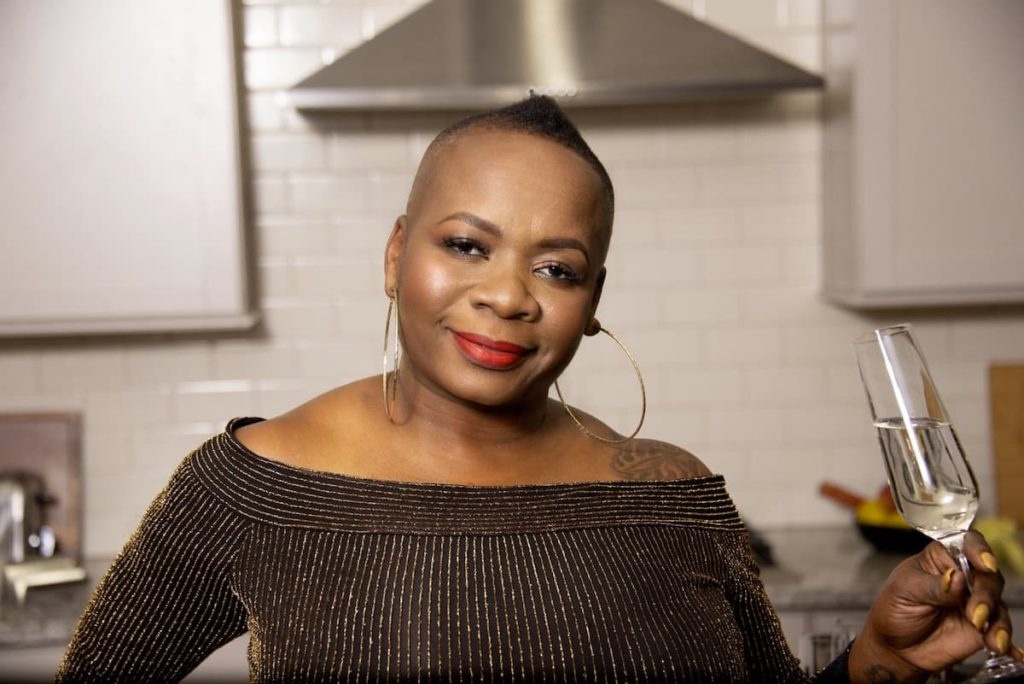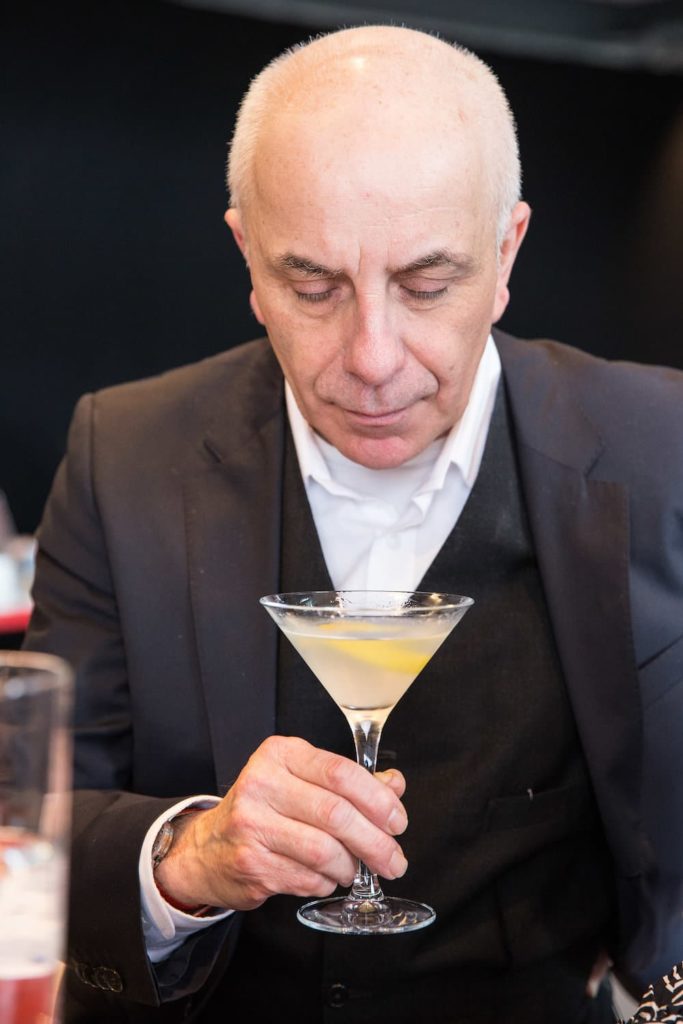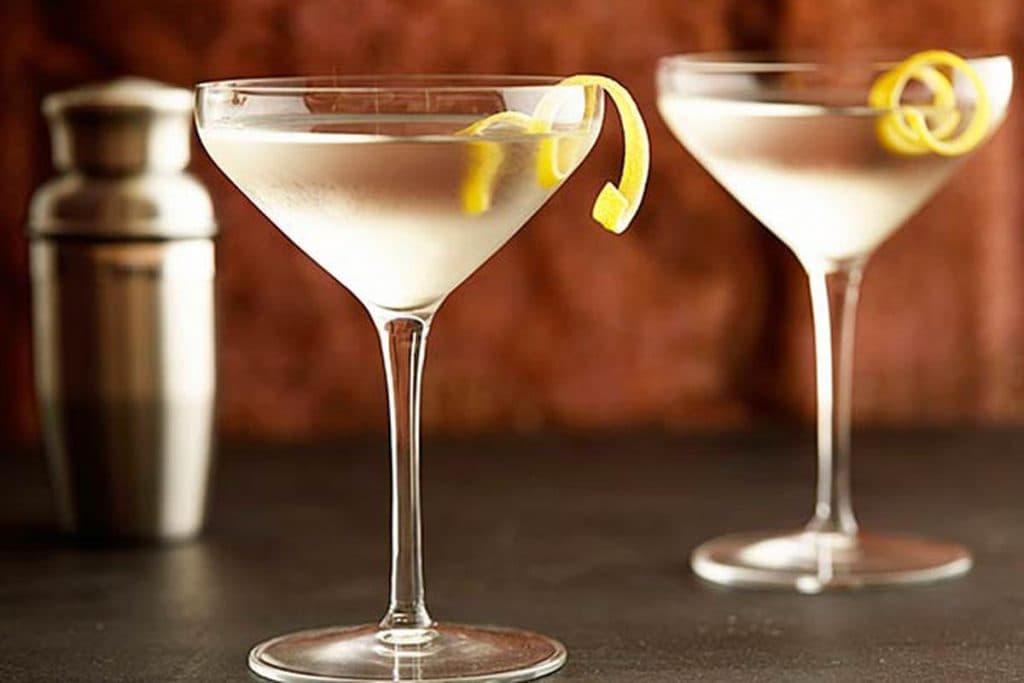Perhaps no drink is more personal than the Martini. From the preferred ingredients to the ideal style and garnish, it’s the rare drink that requires multiple follow-up questions when ordered.
And because not everyone can have their order set into stone by Ian Fleming, we decided to consult a few bartenders, authors, and bartender-authors about which gins and vermouths they reach for—and in what ratio—when preparing a Martini at home or behind the stick.
Get into the answers below to find fresh inspiration for your own home bartending, or a few ideas for your next Martini out.
Note: the following responses have been condensed and edited for clarity.

Kirsten Amann, Co-Author of Drinking Like Ladies and Co-Host of the Drinking Like Ladies Podcast
“Gin was once my no-go spirit—as in something I couldn’t touch because of a ‘gincident’ I’d had in my early ’20s. Luckily, with some gentle coaxing and support from savvy cocktail friends, I was able to come back to the category by my late ’20s as I was beginning to delve into cocktails and drinks history. I fell in love with Plymouth Gin then, both because of its cool history as the official gin of the British Royal Navy and for its soft texture and flavor. My first brand job was actually as a Plymouth Gin brand ambassador, and I could not fathom a paid position doing what I had already been doing for years: encouraging people to drink Plymouth gin!”
“For Martinis, I love Plymouth, and if I can’t find it, I’ll choose Beefeater. I love Dolin Dry for my vermouth, and if that’s not available, I’m reaching for Noilly Prat. I think the Carpano vermouths are amazing products as well and find Carpano Dry a robust companion to Plymouth Gin. I like both an olive and a twist, because you only live once.”
“I’ve also been known to switch up my strong and stirred repertoire by swapping in a Hearst cocktail when I’m out of dry vermouth, and my preferred mix for that is 2:1 Beefeater to Dolin Rouge, with two dashes of orange bitters and a lemon twist. No matter what we’re mixing with, I like a heavy-handed pour of vermouth, and will occasionally go 1:1 gin and vermouth with either drink.”

Adam Fournier, Fellow (Los Angeles)
“I love a good Martini. In fact, having a Tanqueray No. Ten Martini became a bit of a ritual for my partner and I during quarantine, as a way to unwind at the end of the week. To me a true Martini always needs a good dry vermouth and I most frequently find myself reaching for my trusty bottle of Dolin Dry for this one. I love my Martinis 5:1 with a lemon twist. Partially because I love watching the bartender’s face doing math to figure out how much gin to vermouth that means (it’s 2.5 ounces gin to 0.5 vermouth for a standard 3 ounce Martini) but also because this ratio allows for the complexity of the gin to shine through with the edges just slightly rounded by the vermouth. The lemon twist also helps brighten the drink, and for Tanqueray No. Ten it really helps highlight the gin’s citrus heart. You could also be greedy like my partner and do a twist and an olive if you’re feeling adventurous.”

Jeffrey Morgenthaler, Author of The Bar Book and Drinking Distilled
I like my Martini flavor very classic. So, I do a 5:1 ratio, with Beefeater gin and either Dolin Dry vermouth or Carpano Dry vermouth. And I always take a lemon twist over an olive.”

Thandi Walton, Bar Margot (Atlanta)
“When it comes to making Martinis, the gins I reach for are always Highclere Castle London Dry Gin, Monkey 47 and Tanqueray No. Ten, while the vermouths I prefer are Dolin Dry, Carpano and Cocchi. For a dry Martini, I’ll mix 2.5 ounces of Highclere Castle London Dry Gin with 0.5 ounces of Dolin Dry Vermouth. Depending on the guest, I may add a dash of orange bitters to enhance the flavor—after all, bitters are like salt and pepper to a drink. For those seeking a Perfect Martini, I use Tanqueray No. Ten gin with Dolin Dry and Carpano Antica for its sweet notes of vanilla, almond, orange, raisins and cherry.

Alessandro Palazzi, Dukes Bar (London)
“For a Martini, I always look towards the London Dry style. For me that’s what works better for the type of Martini we serve. Even if [the gin] comes from Kenya or Japan, they are all London style.”
“The body [of the vermouth] needs to have wormwood. Some of the vermouths that I have been trying taste like water. Most of the vermouths we have are between 16-18% ABV. And we brought [Sacred Vermouth, an English vermouth maker Palazzi collaborated with], up to 21-23%.”
“If I make them at home Dukes style, it’s not one-to-five. It would be about two-to five.”
These quotes were excerpted from our feature interview with Palazzi: read the rest here.

Ben Watts, former bartender at Drink (Boston)
“At Drink we typically use Plymouth with Noilly Prat in a traditional 2:1 ratio with two dashes of orange bitters. It’s a great, really traditional recipe. But I don’t always feel like Noilly Prat’s salinity. At home I use Dolin Blanc in a 2:1 ratio. I know it’s not a dry vermouth, but I absolutely love it, typically with Plymouth or Sipsmith London Dry. If I do feel like a really great 50/50, I will use Mancino pink vermouth. It’s extremely subtle so you need a decent amount of it, but it’s absolutely delicious. Once again with Plymouth, mainly to support with mouthfeel.”
“If I was made of money, [Mancino] would pair wonderfully with Monkey 47, but alas I’m not. My other favorite gin is Sipsmith V.J.O.P., which would absolutely dominate that vermouth. But in a Vesper, V.J.O.P., rye vodka and Cap Corse Blanc is phenomenal.”




I’m not sure I agree with the choice of Highclere castle gin. My first encounter with it was at an upscale restaurant in Orlando Fl. Having never tasted it before I ordered a sample dram. I found the nose to be over saturated with woody ethanol. The botanical mix was a bit on the light side as well, which only served to spotlight the ethanol nose.
Me. It can’t be just “decent”.
ahhhh.. who doesn’t love a decent martini.